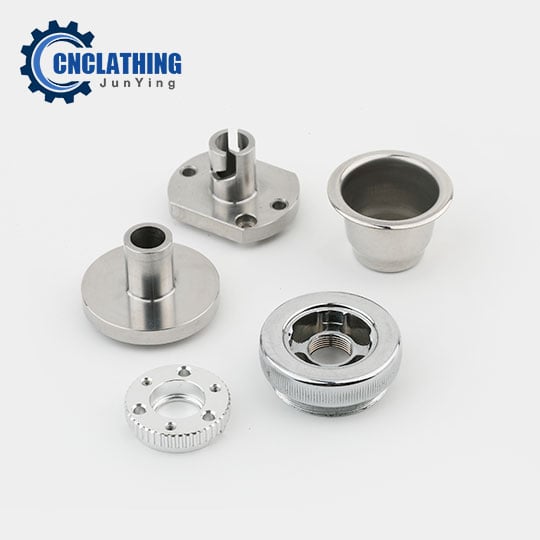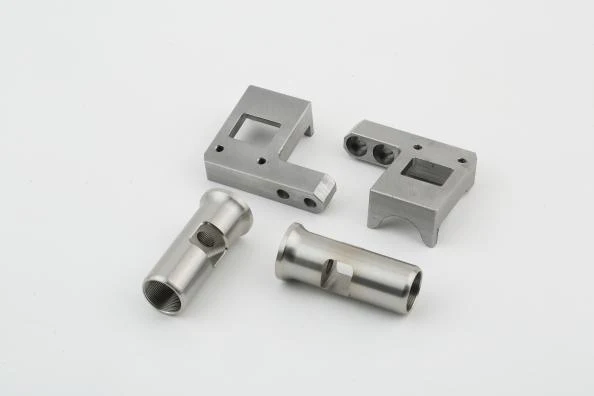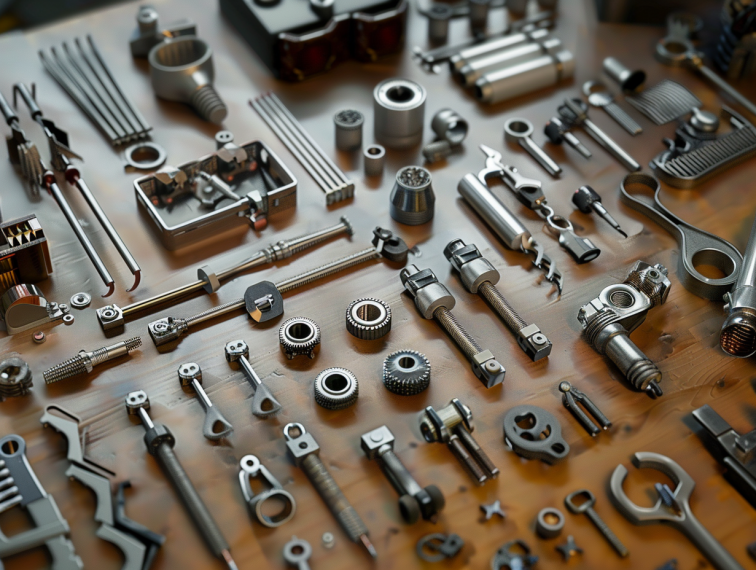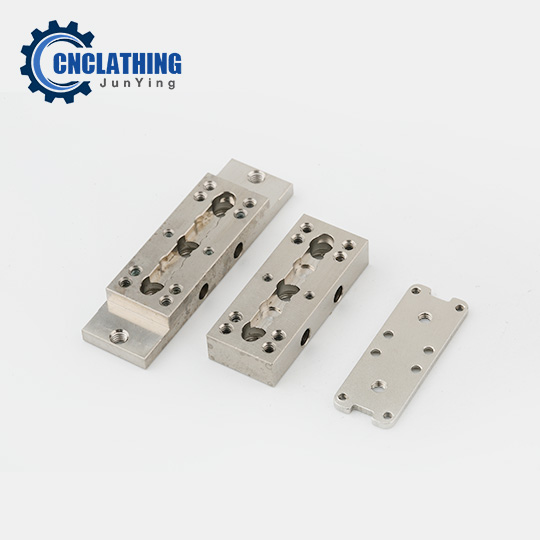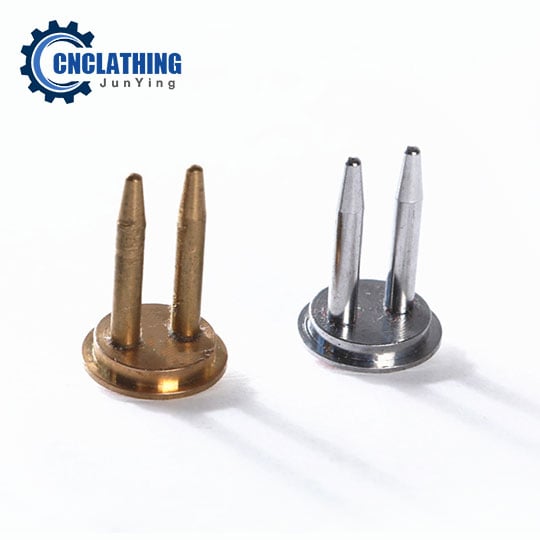In this article, we’ll break down the 18/10 stainless steel grade, covering its definition, machinability, safety, composition, properties, and comparison with other alloys (18/0, 18/8, 304 & 316).
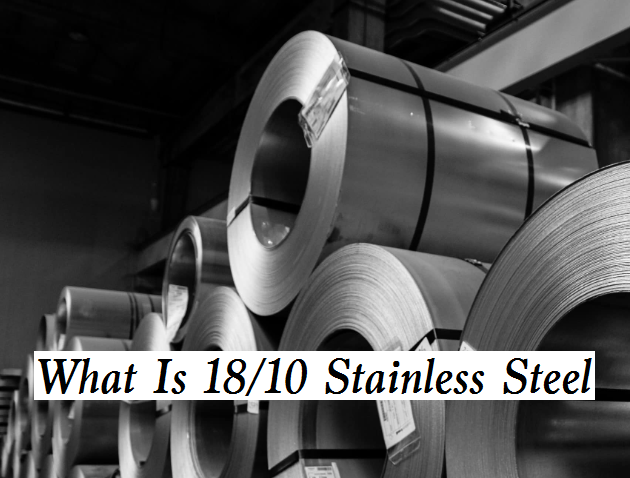
What Is 18/10 Stainless Steel?
18/10 or 18-10 stainless steel is an austenitic stainless steel, the name is based on its chemical composition of approximately 18% chromium and 10% nickel. This material is renowned for its excellent corrosion resistance, strength, processability, and aesthetic appeal, making it a popular choice for cutlery and other kitchen utensils. 18/10 may refer to 304, but 18/10 focuses on the main ingredients and content, and 304 indicates the specific model in the stainless steel grade standard.
Is 18/10 stainless steel a good quality?
Yes, 18/10 stainless steel is generally considered good quality. It contains 18% chromium and 10% nickel, which gives it excellent corrosion resistance and durability. This grade is commonly used in high-quality kitchenware and food service equipment. It’s resistant to rust, doesn’t react with acidic foods, and maintains its shine well.
Machinability of 18/10 stainless steel
The machinability rating of 18/10 stainless steel is relatively low compared to lots of other grades. On a scale where 100% represents the machinability of free-machining steel, 18/10 stainless steel has a machinability rating of about 45-50%. So there are challenges to machining the alloy, high work hardening rate, low thermal conductivity, and high ductility lead to issues like built-up edges on cutting tools, galling, and poor chip breaking. Machining 18/10 stainless steel often requires lower cutting speeds, higher feed rates, more frequent tool changes, and specific cutting fluids.
Is 18/10 stainless steel safe?
Yes, 18/10 stainless steel is safe for food and medical industries as its characteristics.
– Non-reactive nature with food
– Corrosion resistance, does not rust
– Heat resistance, can withstand high temperatures without degrading or releasing harmful substances.
– Non-toxic, does not leach harmful chemicals or metals
– Non-porous surface, resistant to bacterial growth
Chemical Composition of 18/10 Stainless Steel
| Element | Content |
| Iron (Fe) | Remaining part |
| Chromium (Cr) | Approx. 18% |
| Nickel (Ni) | Approx. 10% |
| Carbon (C) | Usually less than 0.08% |
| Manganese (Mn) | Less than 2% |
| Silicon (Si) | Less than 1% |
| Phosphorus (P) | Usually very low, less than 0.045% |
| Sulfur (S) | Usually very low, less than 0.030% |
Physical and Thermal Properties of 18/10 Stainless Steel
| Property | Value |
| Density | 7.9 g/cm³ |
| Elastic Modulus | 200 GPa at 20°C |
| Magnetic | Non-magnetic in an annealed state |
| Thermal Conductivity | Approx. 16 W/m·K |
| Thermal Expansion Coefficient | Approx. 17.2 µm/m°C, similar to 304 stainless steel |
| Electrical Resistivity | Approx. 0.72 µΩ·m |
| Melting Point | 1400-1455°C |
| Thermal Expansion Coefficient | Approx. 16.5 x 10^-6 mm/m/°C at 20°C |
18/10 Stainless Steel vs 18/8 – Differences Between 18/10 and 18/8 Stainless Steel
18/8 stainless steel is austenitic stainless steel categorized in the 300 series and sometimes used interchangeably with 304, but they are not the same, 304 contains additional 2-3% molybdenum content.
| Property | 18/10 Stainless Steel | 18/8 Stainless Steel |
| Composition | Fe + 18% Cr + 10% Ni | Fe + 18% Cr + 8% Ni |
| Corrosion Resistance | Better corrosion resistance due to higher Ni content | Weaker corrosion resistance due to lower Ni content |
| Application | High-strength industrial applications, automotive, and marine industries | Light-duty applications, such as cutlery, furniture, and medical equipment |
| Price | Generally higher | Generally lower |
18/10 Stainless Steel vs 18/0 – Differences Between 18/10 and 18/0 Stainless Steel
18/0 stainless steel got its name from 0% nickel and 18% chromium, typically has a lower production cost, and is magnetic, the corrosion resistance is not as good as that of nickel-containing stainless steels, but still has good oxidation resistance.
| Property | 18/10 Stainless Steel | 18/0 Stainless Steel |
| Composition | Fe + 18% Cr + 10% Ni | Fe + 18% Cr |
| Corrosion Resistance | Excellent corrosion resistance due to high Ni and Mo content | Weaker corrosion resistance than 18/10 and 18/8 |
| High-Temperature Performance | Good high-temperature performance, up to 1200-1300°C | Poor high-temperature performance, not suitable for high-temperature applications |
| Mechanical Properties | Good ductility and low-temperature toughness | Good thermal conductivity, low thermal expansion coefficient, and good weldability |
| Application | Medical equipment, food processing, and high-end cookware | Decorative architectural features, fuel injectors, and household appliances |
18/10 Stainless Steel vs 304 – Differences Between 18/10 and 304 Stainless Steel
304, also known as UNS S30400, SUS304, or SAE 304, is one of the most common stainless steel, a member of the austenitic family. Type 304 is sometimes also called 18/8 and 18/10 for its composition of 18% chromium and 8% or 10% nickel, respectively.
| Property | 18/10 Stainless Steel | 304 Stainless Steel |
| Composition | Fe + 18% Cr + 10% Ni | Fe + 18-20% Cr + 8-10.5% Ni |
| Strength | Moderate strength | Stronger, tougher, and can withstand more abuse and pressure |
| Heat Resistance | Up to 1500°F | Up to 1950°F, retaining strength and resisting corrosion at higher heat levels |
| Magnetism | May become slightly magnetic after welding or heat treatment | Fully non-magnetic even after heat exposure |
| Purity | A few more impurities | High purity and more consistent |
| Application | High-end cookware, medical equipment, and food processing | Widely used in various industries, including chemical, food, and pharmaceutical |
18/10 Stainless Steel vs 316 – Differences Between 18/10 and 316 Stainless Steel
Stainless steel 316, the second most common austenitic stainless steel, is a preferred choice that is used in marine environments.
| Property | 18/10 Stainless Steel | 316 Stainless Steel |
| Composition | Fe + 18% Cr + 10% Ni | Fe + 16-18% Cr + 10-14% Ni + 2-3% Mo |
| Corrosion Resistance | Good corrosion resistance, but not as good as 316 in certain environments | Excellent corrosion resistance due to Mo content, especially in seawater and acidic environments |
| Heat Resistance | Withstand temperatures up to 1500°F | Retains strength even at elevated temperatures up to 2000°F |
| Strength | Moderately strong | Stronger and tougher |
| Cost | More affordable | More expensive |
| Application | High-end cookware, medical equipment, and food processing | Widely used in marine, chemical, and pharmaceutical industries, as well as in high-temperature applications |


